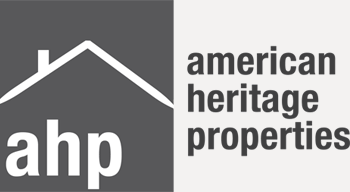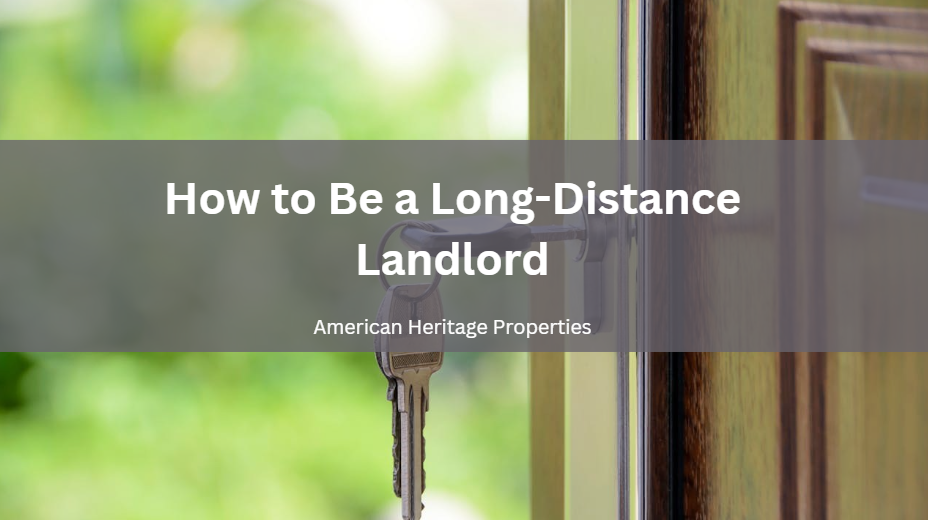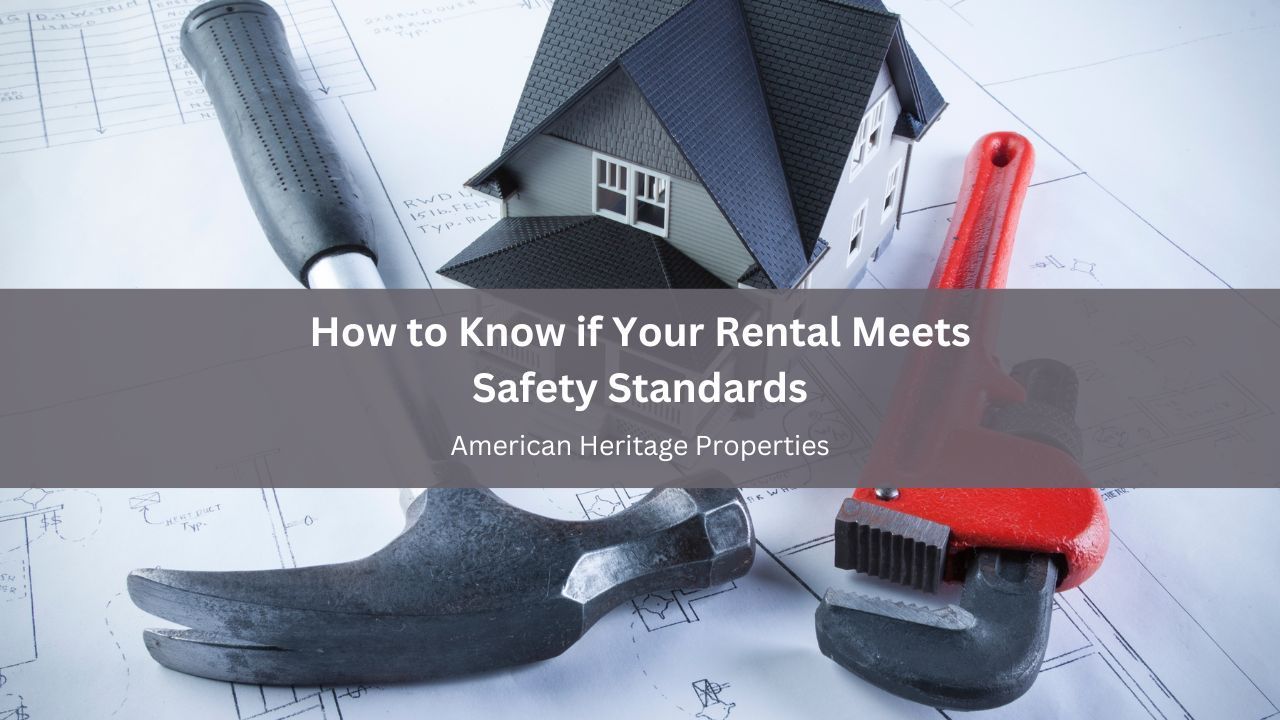How to Handle a Tenant Maintenance Request | American Heritage Properties
Whether you like it or not, tenants will always have maintenance requests. It’s part of your signed rental agreement and you can’t do anything about it.
It actually pays to address any issue from leaky faucets to overflowing toilets. This will not only earn you the good will of your tenants and maintain a good relationship with them; this will also allow you to fix the small issues before they become bigger problems.
The first thing you need to do is to develop a plan for addressing the requests. Decide how tenants will submit them.
Once you receive a request, follow these steps:
Step #1: Identify the Severity of the Complaint
Create a list of some common maintenance issues and label them according to their urgency level: high, moderate, or low.
For complaints with low urgency, such as a cracked tile, minor holes in the wall, and grout coming up, fix them in at least a week. For those with moderate urgency, such as clogged drains, busted appliances, and busted light fixtures, fix them within 48 hours. For highly urgent complaints, such as structural issues, smell of gas, or doors with missing locks, fix them on the same day or the same hour, if necessary.
Step #2: Call a Professional
Determine the level of skill needed to do the repair. Is it something you can do or do you need to call the handyman?
If you are doing the repair yourself, gather the right tools. If the fix is not something you feel comfortable doing, call your handyman right away.
Step #3: Notify the Tenant
If the repair is inside a specific unit, call the tenant so you can enter and do the repair. Ask if the tenant wants to be there or if they feel comfortable allowing you inside even if they are not around.
Go ahead if the issue is in a common area. If the repair requires you to turn off the gas, water, or electricity, however, notify all the tenants before doing so.
If you decide to hire us, this process will be a breeze. Your job will simply be to make sure we handle the requests quickly and competently.
Give us a call or browse our site to know more about our property management services.









